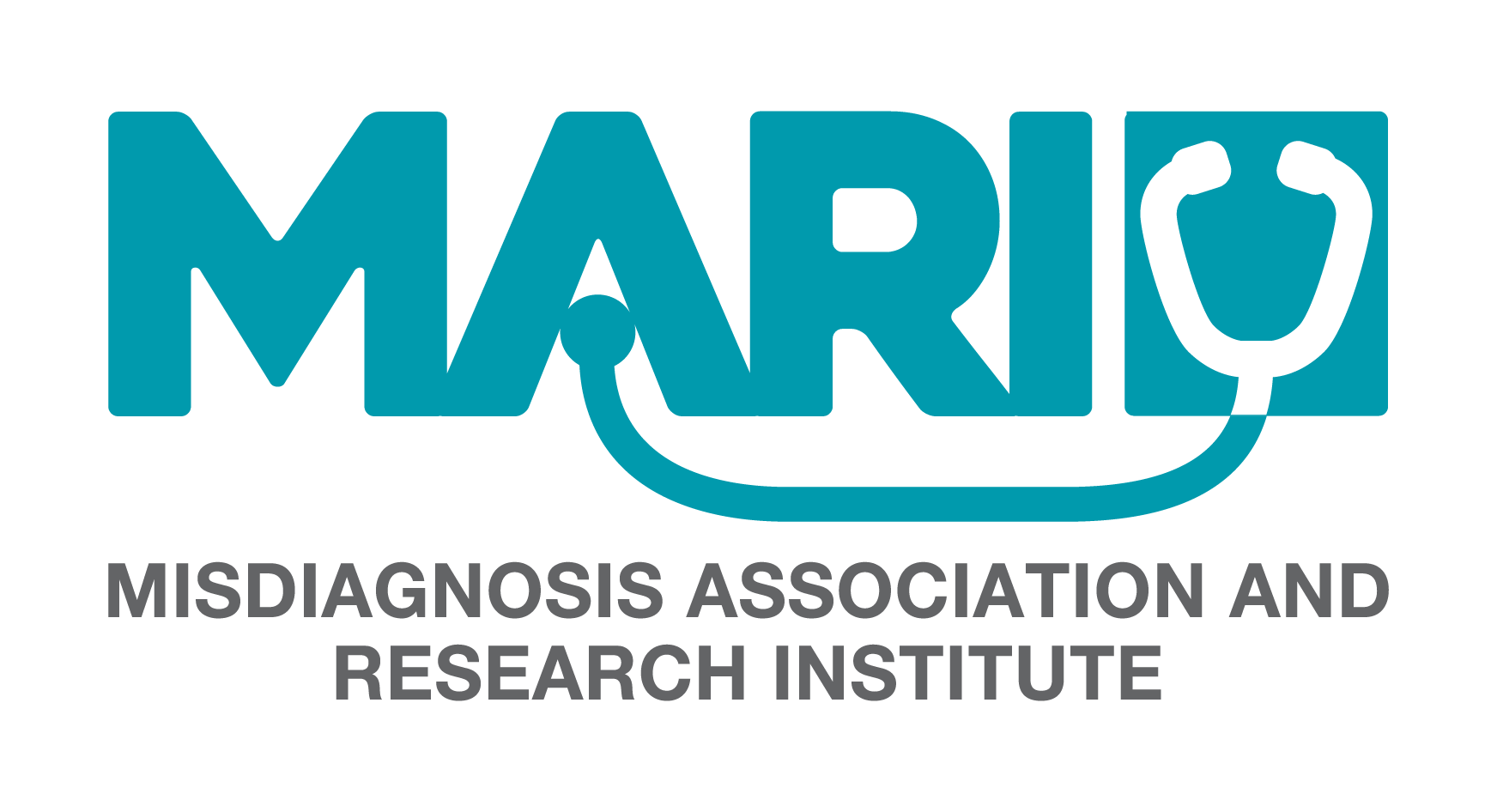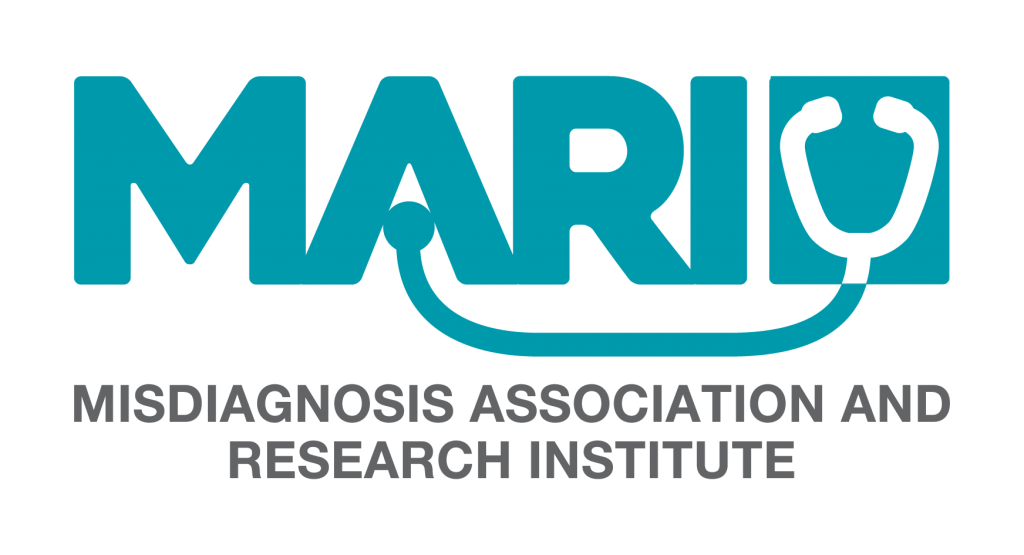Events and News

Mental and Physical Health of Children
Although reproduction is essential for the evolution of species, an individual can choose to go through the motions of life without having children. However, having children contributes to population expansion, and brings joy and warmth into one’s life. Therefore it is important to care for the child and ensure both their mental and physical health throughout their childhood. Although incidence estimates vary from country to country, it has been estimated that almost half of the American children have a chronic illness during their childhood (O’Loughlin et al., 2022).
In Australia, about 60-72% of kids between the ages of two and Fifteen have a chronic illness; these problems frequently include obesity, asthma, eczema, attention-deficit/hyperactivity disorder (ADHD), anxiety disorders, and depression (O’Loughlin et al., 2022). These physical and mental health issues, are known as physical-mental multi-morbidity and frequently co-occur (O’Loughlin et al., 2022).

Children and adolescents frequently have ongoing physical and mental health issues, and often, children will have both issues at the same time (O’Loughlin et al., 2022). Health-related quality of life (HRQoL), is a measurement of how the kid’s health impacts their emotional, social, and physical functioning during their daily lives, which can be severely impacted due to mental and physical health issues can have for the child. It has been shown that children with high levels of mental health symptoms have much poorer Health-related quality of life (HRQoL) than children who are healthier, and even milder mental health symptoms are associated with poorer Health-related quality of life (HRQoL) than in children with just physical health problems (O’Loughlin et al., 2022). It is also important to note that when children have both physical and mental health problems, they are at even greater risk of poorer Health-related quality of life (HRQoL) (O’Loughlin et al., 2022).
In terms of Health-related quality of life
“boys with physical–mental multimorbidity are at particular risk of disproportionately poorer Health-related quality of life (HRQoL) than boys with either mental or physical health problems alone” (O’Loughlin et al., 2022). Children who have physical and mental conditions together run the risk of having significantly worse Health-related quality of life (HRQoL) than if they only had one of the conditions (O’Loughlin et al., 2022). Our findings imply that this population of kids has special requirements that should be addressed through clinical judgment and health policy (O’Loughlin et al., 2022). Similarly, monitoring and treating borderline mental health symptoms in kids as young as 4–7 years old is crucial if we want to improve kids’ Health-related quality of life (HRQoL) (O’Loughlin et al., 2022). It is also important to shine a light on the fact that much research has found that “mother’s psychopathology was individually associated with poorer child Health-related quality of life (HRQoL)” (O’Loughlin et al., 2022).

Clinicians should look for mental health symptoms in children as young as 4 to 7 years old, even if these issues do not match formal clinical criteria for a mental health illness, given the link between more severe mental health symptoms and lower HRQoL in children of all ages (O’Loughlin et al., 2022). The mental health and HRQoL of kids with physical-mental multimorbidity, especially boys, should get special attention (O’Loughlin et al., 2022). In addition to treating the child’s symptoms, maternal mental illness may be a potentially modifiable area for intervention (O’Loughlin et al., 2022).
Therefore, to summarize, research recommends that clinicians should monitor and address mental health symptoms in children as young as 4–7 years old, even if these symptoms are milder, and particular attention should be given to children with physical and mental health problems, who are at greater risk of poor Health-related quality of life (HRQoL) (O’Loughlin et al., 2022).
References
O’Loughlin, R., Hiscock, H., Pan, T., Devlin, N., & Dalziel, K. (2022). The relationship between physical and mental health multimorbidity and children’s health-related quality of life. Quality of Life Research, 31(7), 2119–2131. https://doi.org/10.1007/s11136-022-03095-1
Provided and edited by the members of MARI authors; Nikki Kashani, Anahita Arfa, and Pooya Beigi MD.


